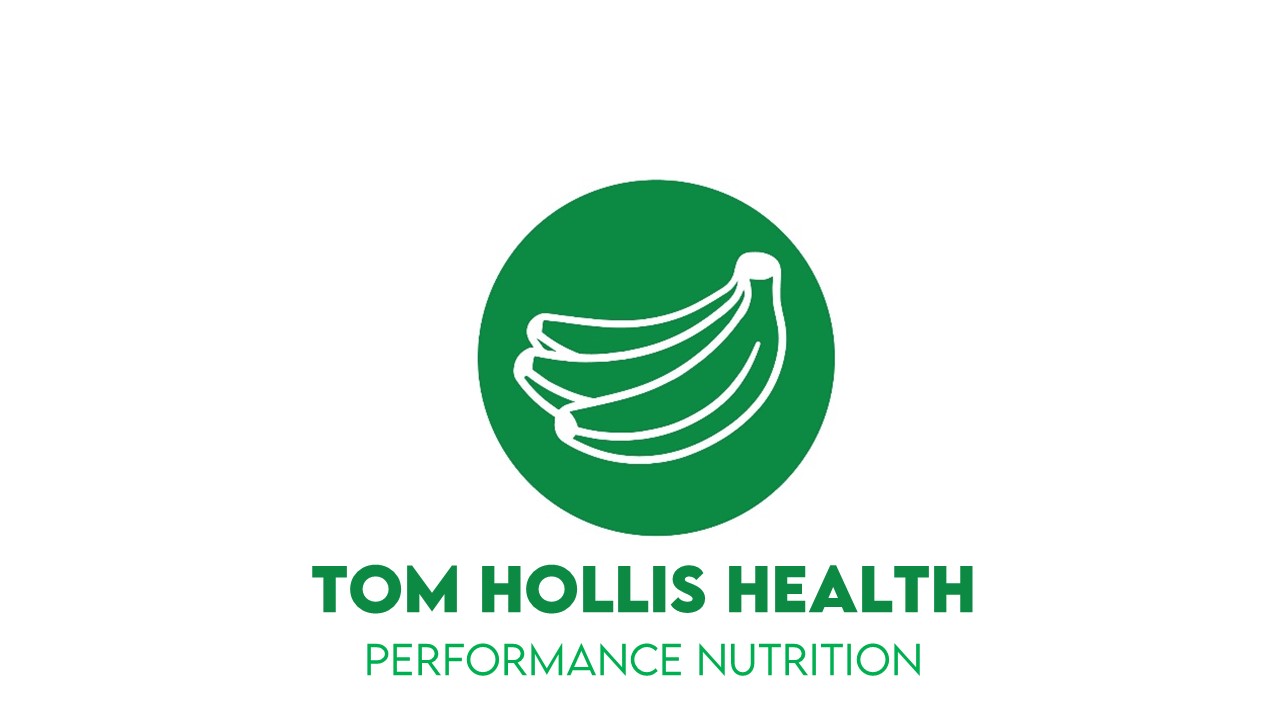It’s not uncommon to start a ‘running journey’ with the intention of losing weight, and as anyone who has discovered a passion for running will know, it really can be the start of a chain of positive health changes that might include weight management.
However, as training load increases, our nutrition needs to adjust too, to match the new demands placed on the body, and this applies particularly to intake of carbohydrates (the body’s preferred fuel for most exercise) and overall calories (energy).
Unfortunately, whether consciously driven by a desire for greater weight loss or not, this upregulation of fuelling often does not take place. In my experience as a sports dietitian and running coach, runners are not always comfortable taking this step, especially if weight loss and body image concerns have been a longstanding issue, and even less so if they have seen some short-term performance benefit from being lighter.
Unfortunately, this approach can be really dangerous in the long-term. RED-S is a common syndrome that can affect runners across the spectrum, from elite to recreational, old and young, male and female, and yet remains poorly understood and under-recognised by most runners and coaches.
RED-S stands for ‘Relative Energy Deficiency in Sport’, an evolution of a previous syndrome called the Female Athlete Triad. The common thread between the two conditions is that both are characterised by low energy availability; that being the energy left over after exercise to fuel all the body’s essential functions. In 2014, the International Olympic Committee coined this new term of RED-S, acknowledging the growing evidence that a chronic calorie deficit (and thereby state of low energy availability) can affect males as well as females, and many more bodily systems than previously thought. Whereas the Female Athlete Triad focused on links between energy deficit, menstrual dysfunction and poor bone health, RED-S is much broader, and identifies that immune, gastrointestinal, mental, and cardiovascular health (to name a few) can also be impaired by chronic underfuelling. It’s also worth noting that the processes of metabolism itself can be impacted (i.e. slowed down) in RED-S as the body attempts to preserve energy, which can actually make weight loss and body composition goals harder to achieve, potentially convincing the runner they need to restrict even further.
Early warning signs might include frequent or persistent colds and bugs, indicating that the immune system is being downregulated as the body tries to adjust to low energy. Other early signs can be general fatigue, reduced motivation, or reduced performance in or recovery from training sessions. Since these symptoms are, in themselves, relatively minor and perceived to be common, it’s easy to see how they might be overlooked.
However, if these trends continue, more serious issues can arise. Bone scans are not routine within recreational sport, so a runner may have no idea that they have dangerously reduced bone density until suddenly experiencing a stress fracture. By this point, RED-S has likely become quite severe and needs careful management of nutrition and training load, over an extended period (and ideally with specialist input), to overcome.
Another key area is the hormonal dysregulation that impairs reproductive function. In both males and females, this might first present as decreased libido, and in males may correlate with erectile dysfunction, or reduced frequency of morning erections. In females, it can lead to irregular (oligomenorrhea) or total absence (amenorrhea) of menstruation, which can have knock-on effects on fertility that take months or years to overcome. And these symptoms may of course be masked (again, whether consciously or otherwise) by being on the contraceptive pill, preventing runners and coaches from picking up on this big red flag for inadequate fuelling.
Despite being an uncomfortable topic, this fertility element of RED-S in particular has started to gain more mainstream media exposure, such as this widely publicised interview by Laura Kenny, Britain’s most successful female Olympian.
However, although RED-S awareness among recreational runners is on the rise, it is still poorly understood and under-diagnosed. It is therefore vital that articles and interviews continue to appear across all media, but also that coaches move away from outdated ‘thinner is faster’ attitudes, and that they help to screen their runners for RED-S. It has become a routine part of my practice for all new nutrition and coaching clients.
Indeed, the detection, prevention and management of RED-S should become slightly easier thanks to the updated IOC consensus statement from last year, which summarises the emerging evidence and provides a new clinical assessment tool. I would strongly urge runners of all levels to take a look.




